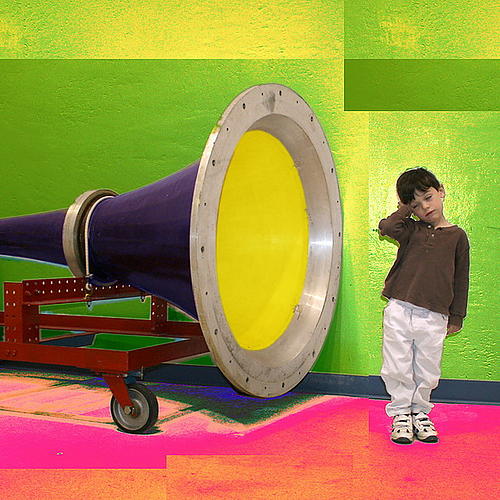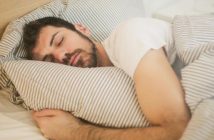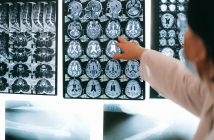 Boston.com lately reported that as many as one in five teenagers are suffering hearing loss characteristic of a 50 of 60 year old.
Boston.com lately reported that as many as one in five teenagers are suffering hearing loss characteristic of a 50 of 60 year old. After testing teenagers on ability to hear a range of quiet whispers, researchers found the resulting ratio to be a third more in comparison to teens in the early 1990s. Though the hearing loss observed relatively slight in contrast to hearing in our everyday lives, Director of Diagnostic Audiology of Children’s Hospital Boston Brian Fligor says that their hearing will only steadily worsen. By the time the teenagers tested are in their 40s, their hearing may have progressed to causing troubles listening in conference calls, he says.
Though the direct reasons as to why the number of teens suffering from hard of hearing is increasing are unknown, researches are looking into ever omnipresent cell phones and music listening devices in today’s world for a link.
Nevertheless, Fligor recommends teens to become aware of ear protection and wear ear plugs around loud noises. They don’t necessarily have to put away the iPod but should keep the volume to a minimum and limit listening times. He suggests parents to take their children to an audiologist in order to learn if there is already damage to their hearing early on. Parents should educate themselves and their children on how to prevent further damage.
In a New York Times report, Head of Audiology at Hofstra University Levi Reiter, wants everyone to know that the dangers of hearing loss applies (if not more severely) to infants and toddlers as well. Because the ear canals of young children are smaller than that of adults, sounds heard by them are up to 20 decibels louder. She warns that because of this, infants hear dangerous noise levels at an even higher frequency which may affect language development. Earplugs are not recommended for young children as they are small enough to be put in the mouth and pose a risk of choking. Instead, protective ear muffs especially made for young children, like these from Baby Banz, can be worn. Nancy Nadler from the Center of Hearing and Communication adds that when going to a noisy environment, it may be best to leave the baby at home.
Details of the study on teenagers published in the Journal of American Medical Association are available here.
Photo by woodleywonderworks of Flickr.



